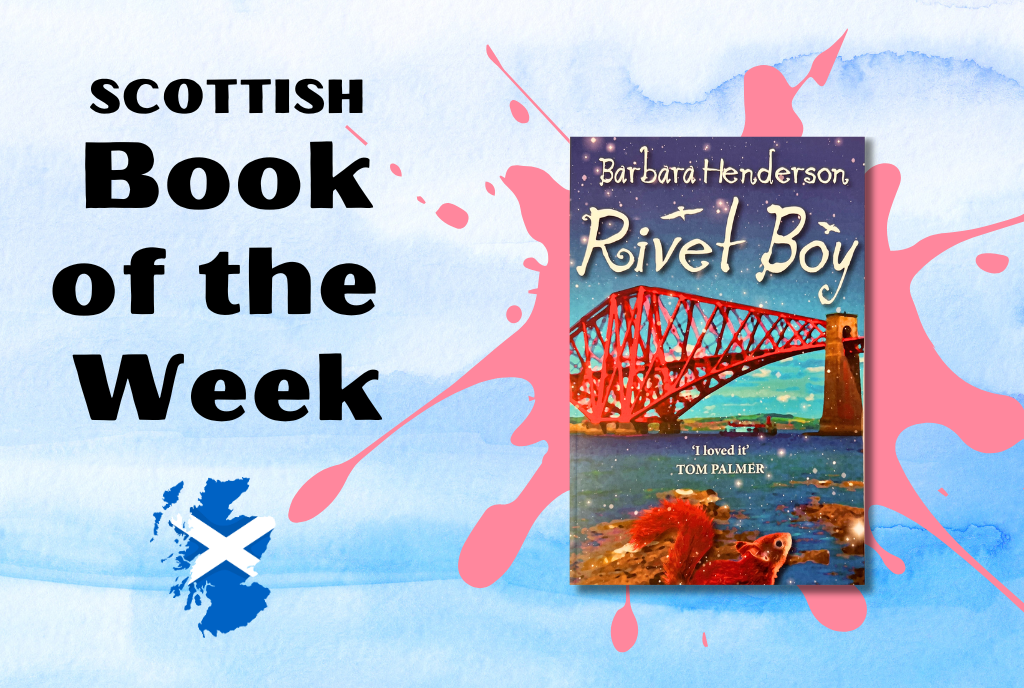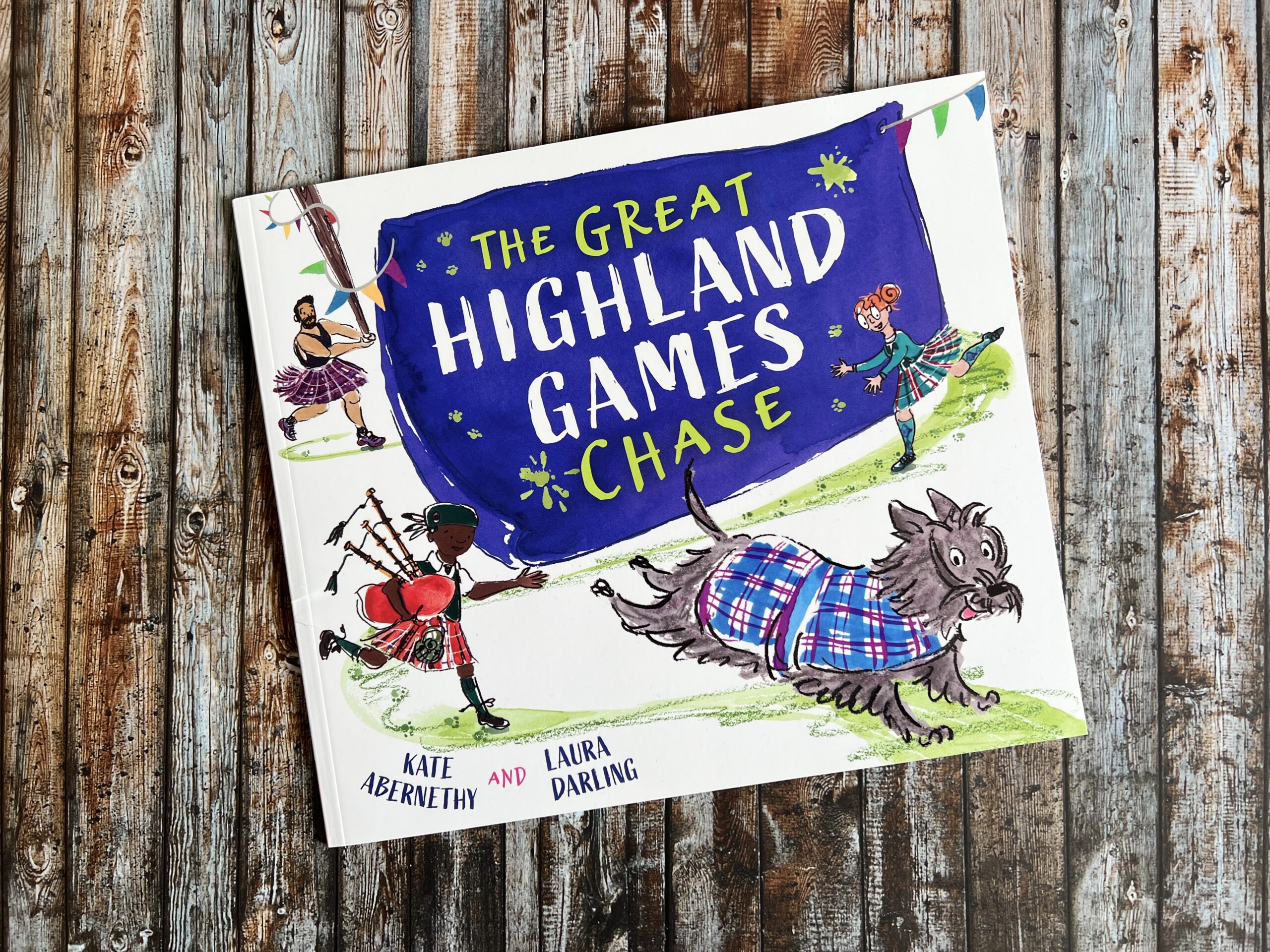
Scottish Book of the Week: Rivet Boy
I’m excited to introduce you to the project I’ve set myself for this year. As you may know, we love books, and we love Scotland, so this year, I’m going to try and read as many different children’s books set in Scotland as I can and share a review of one each week. Some of them will be by Scottish authors, others by authors from elsewhere who have chosen to write about Scotland. I’ve already read a dozen or so over the last couple of months, to get a head start on writing the reviews, and they’ve all been to brilliant it was hard to choose which one to start the project with. But I do have a soft spot for stories that blend in real people and places, so a drum roll please for our first Scottish book of the week – Rivet Boy!

Book Details
Title: Rivet Boy
Author: Barbara Henderson
Genre: Historical (set in the late 19th century)
Recommended reading age: 8+
Trigger warnings: Death (including death of a child); Minor violence
Scottish Setting
Most of the story is set in Dunfermline, Queensferry and North Queensferry during the building of the Forth Bridge. The final chapter also features a trip to Edinburgh.
Real places mentioned include Inchgarvie Island; the Carnegie Library, Pittencrieff Park, Dunfermline Abbey and Priory Lane in Dunfermline; Haymarket Station, Edinburgh Castle, Princes Street, George Street, Charlotte Square, and Arthur’s Seat in Edinburgh; the Hawes Inn on Queensferry; and the Pentland Hills.
Plot Summary
Here’s the thing: everything we do is about the bridge. The bridge, John. Do you understand? Every single one of us is striving to complete the bridge. (…) Listen! She is calling to you, John.
Rivet Boy blends facts with fiction, to tell the story of 12 year old John Nicol who gets a job working on the construction site of the Forth Bridge in 1888. It’s dangerous work. Several boys and men have already fallen from the bridge to their death, and John has no head for heights. But with his father having passed away before he was born, his mother’s widow fund running out, and a poorly grandfather and little sister to look after, John is left with no choice but to step up and be a breadwinner. All goes well at first while John trains on dry land and proves himself to be a conscientious worker. He finds comfort in the recently opened Carnegie library, his squirrel companion Rusty, and his new friend Cora. But then the day comes when John has to go up the bridge and join Cain Murdoch’s Rivet Gang. Evil Murdoch and his equally unpleasant two sons go out of their way to make life difficult for John. Will he have the courage to stand up to them, and live to tell the tale?
Bonus Info
According to the author’s notes at the back of the book, many of the characters mentioned in the story really existed. John Nicol was a real-life Dunfermline boy who fell from the Forth Bridge during its construction and survived unhurt. Mr Arrol, the “distinguished gentleman” who hires John, is Paisley-born contractor William Arrol responsible for building the Forth Bridge, and bridge designers Benjamin Baker and John Fowler also get a mention. The visit from Crown Prince Edward to open the bridge, the riot at the Hawes Inn, the newspaper article about John’s father’s death, and Lady Margaret Moir who was a founder member of the Society of Women Engineers and chats with John and Cora in the story, are all real. Many other famous Victorians get a name check too. Some historical images and photographs of the Forth Bridge being built and the people and places mentioned, are also included.
Conclusion
We really loved this book. The blend of fact and fiction works perfectly, and the story has just the right sense of adventure to it. For anyone interested in engineering, you also gain some fascinating insights in to the construction of Scotland’s most famous bridge. It’s also a great book for anyone studying Victorian times at school – the work at the bridge construction site offers an alternative view to the mills, factory and mine settings usually covered when discussing Victorian child labour.




